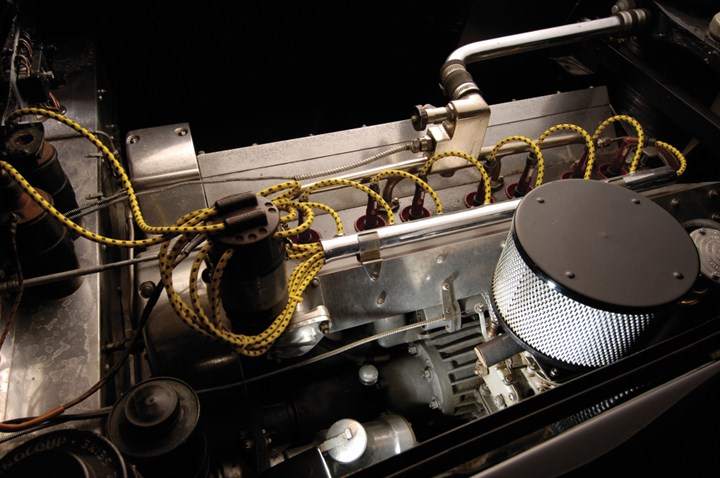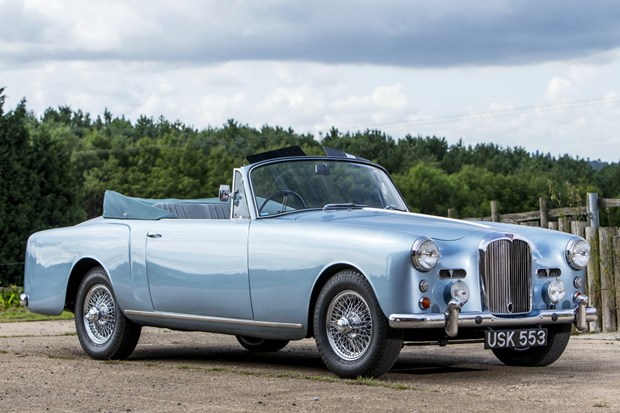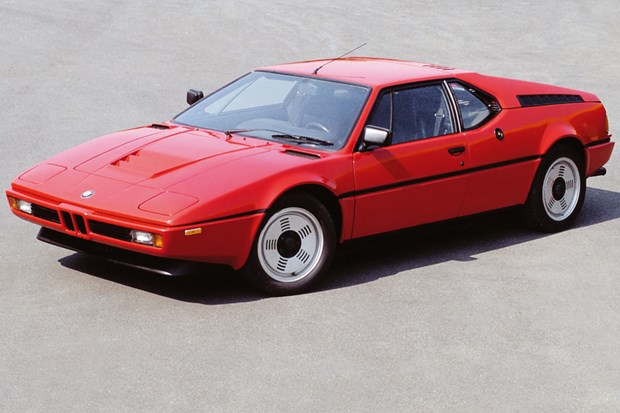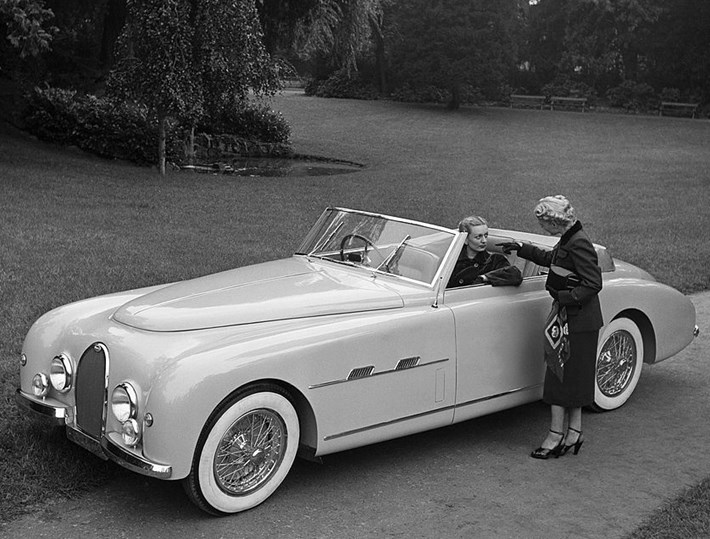
After the Second World War, Bugatti was in dire straits, with major cash flow problems. After the death of Ettore Bugatti, his son Roland tried to revive the brand with the Type 101. Unfortunately, this opportunity was missed due to a lack of funds...
On 21 August 1947, Ettore Bugatti, founder of the eponymous Bugatti brand, died at the age of 65. The "Boss", as he was known to his employees, had experienced some difficult years at the end of his life. In 1939, his son Jean Bugatti, a prodigious engineer, was killed at the wheel of a test car.
A few months later, at the outbreak of the Second World War, the factory was confiscated by the Germans. After the liberation, Ettore Bugatti had to fight to get his factory in Molsheim (Alsace) back from the French administration. Unfortunately, the company was heavily in debt, and the Type 73 and 68 models, which had been in the pipeline, were never built due to a lack of funds. After his death, Bugatti survived on a shoestring, maintaining the vehicles of a loyal clientele of enthusiasts.
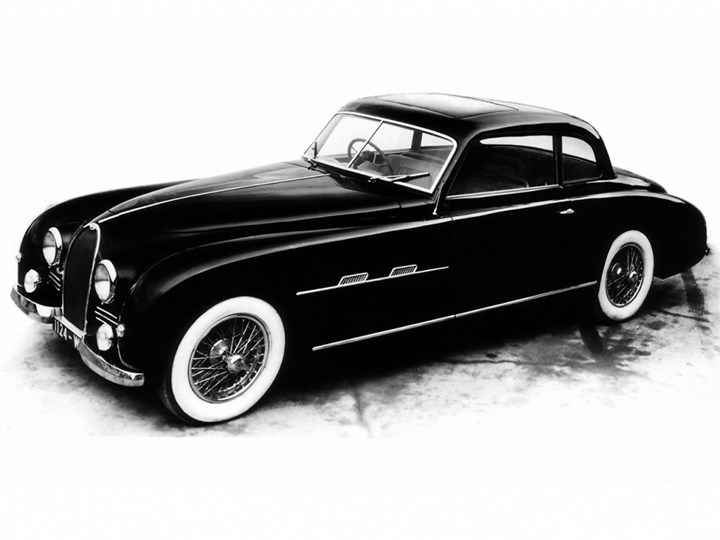
Generational take over
Roland Bugatti, Ettore's youngest son, was only 25 when his father died. As heir to the brand, he surrounded himself with Pierre Marco (a former racing driver and loyal collaborator, who became managing director) in order to save Bugatti. Initially, the two men assembled a few "57s" from parts they had on hand. In 1951, they presented a new model: the Type 101.
In the absence of sufficient resources, this was in fact a Type 57 with a chain-driven engine, a 36 DCL carburettor, a double braking system, and a 4+1-speed manual gearbox or a 4-speed Cotal preselective gearbox.
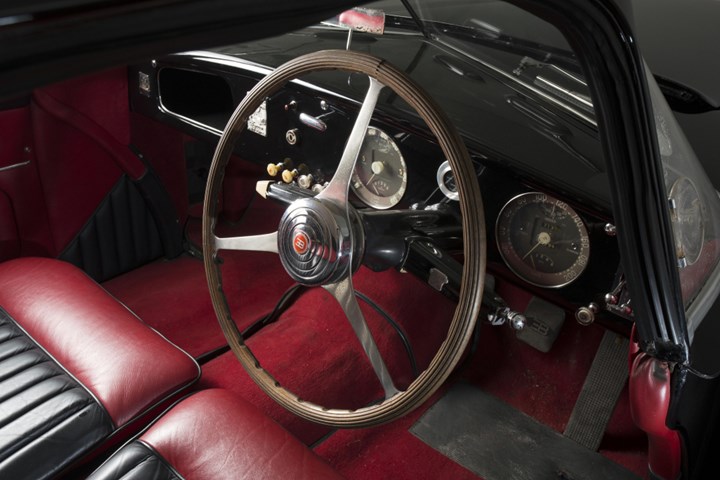
Old meets new
Compared to the competition, the Bugatti Type 101 looks outdated, with its technology from another era (its chassis is more or less that of the 57 launched in 1934!) and its 'pontoon' bodywork, created by the coachbuilder Gangloff, is far from attractive. Sold at a very high price, the Bugatti no longer had the panache of the brand's earlier models.
However, Bugatti was no exception: the early 50s sounded the death knell for prestigious French manufacturers such as Delahaye, Salmson and Talbot-Lago, which disappeared one by one.
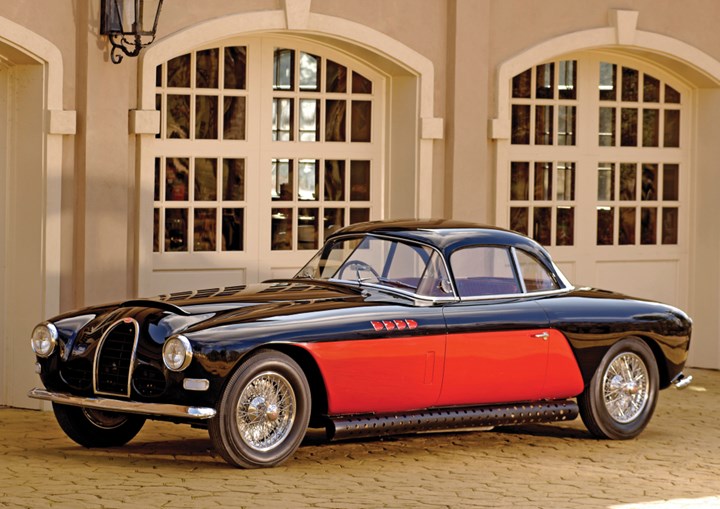
Haute couture
In the end, Bugatti sold six Type 101 chassis between 1951 and 1958, bodied by Gangloff, Guilloré, Antem and Ghia-Aigle. One final chassis was produced in 1960, and this was given a body designed by Virgil Exner and produced by Ghia five years later. Equipped with a 3.3-litre in-line 8-cylinder engine, the Type 101 produced 150 bhp, or even 190 bhp when fitted with a supercharger.
In 1956, Bugatti made a desperate attempt to return to motoring with the Type 251, a single-seater whose engine was designed by the engineer Colombo, who was responsible for the V12 engines in the first Ferraris. Despite an ambitious technical specification, the car had to abandon two of the three events in which it was entered, due to a serious lack of development.
A prototype of a sports car with a 1.5-litre engine, the Type 252, was developed. This model was never marketed, however, due to Bugatti's bankruptcy.
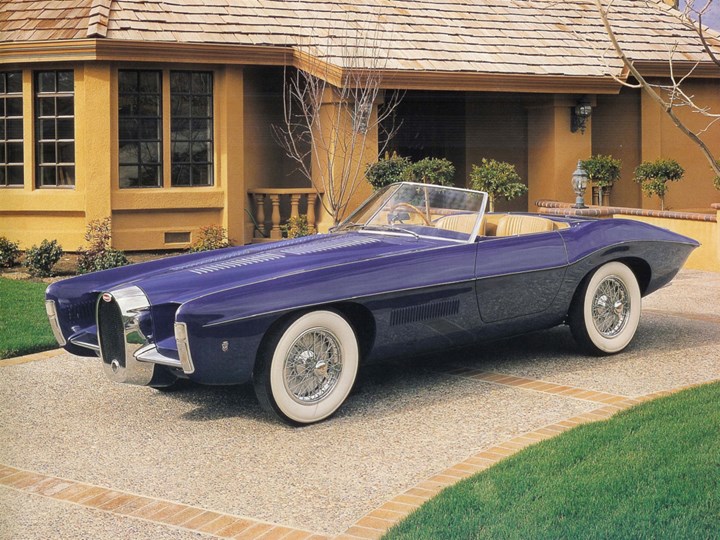
A complex destiny
In 1963, Roland Bugatti sold his company to Hispano-Suiza, which shifted its focus to the aerospace sector. It was not until 1987 that the Italian industrialist Romano Artioli took over Bugatti and two years later founded Bugatti Automobili SpA, which produced the EB 110, the brand's first car in many years.
Unfortunately, the adventure came to an end in 1995, marking Bugatti's second death. In 1998, Volkswagen resurrected the brand for good and made supercar history with the Veyron. Since 2021, Bugatti has been owned by the Croatian manufacturer Rimac, and its future finally looks assured.
